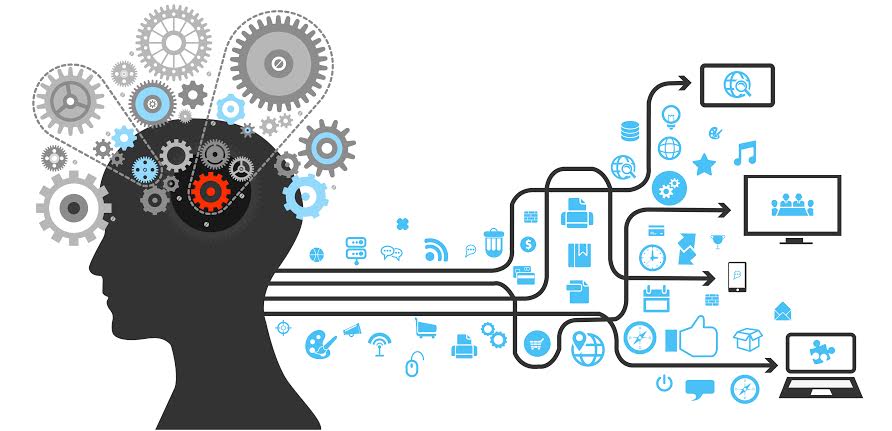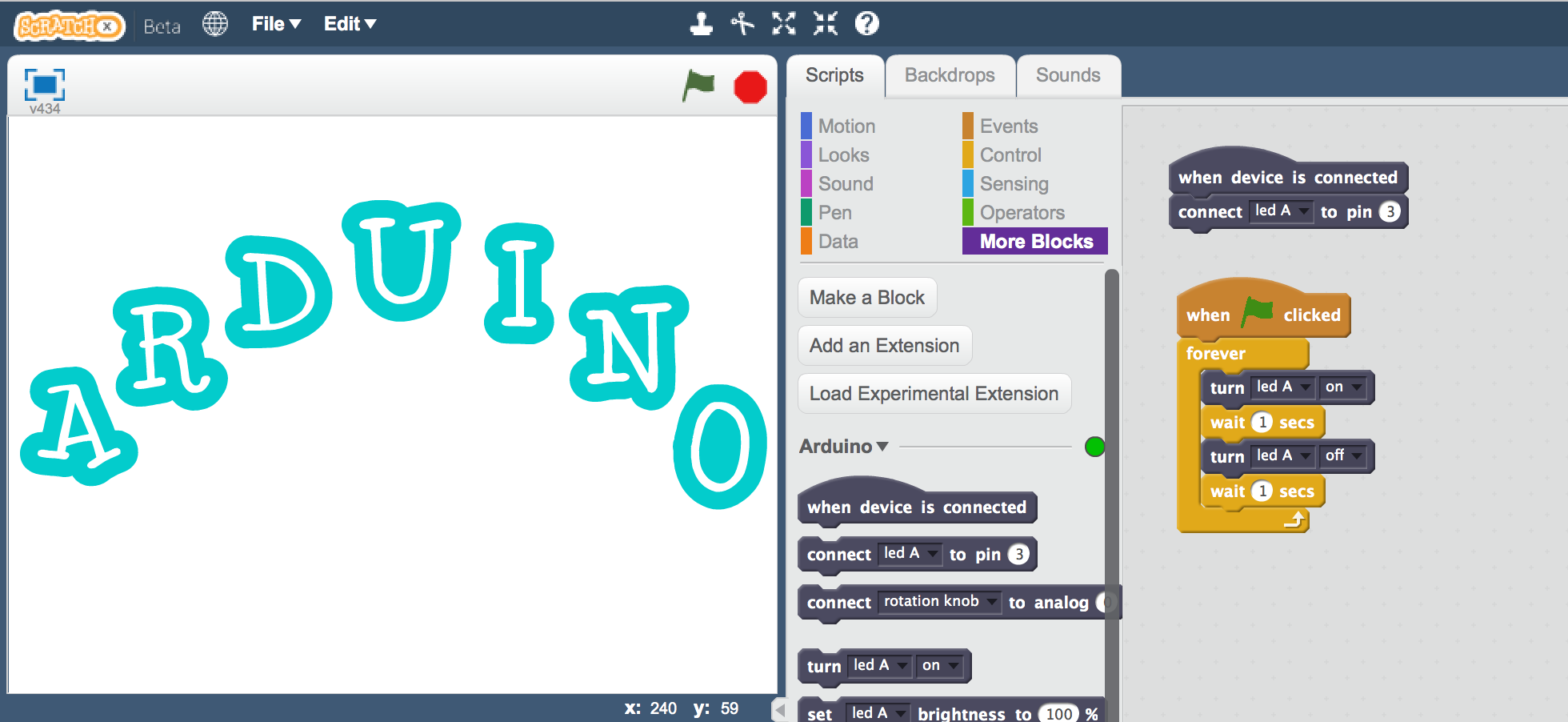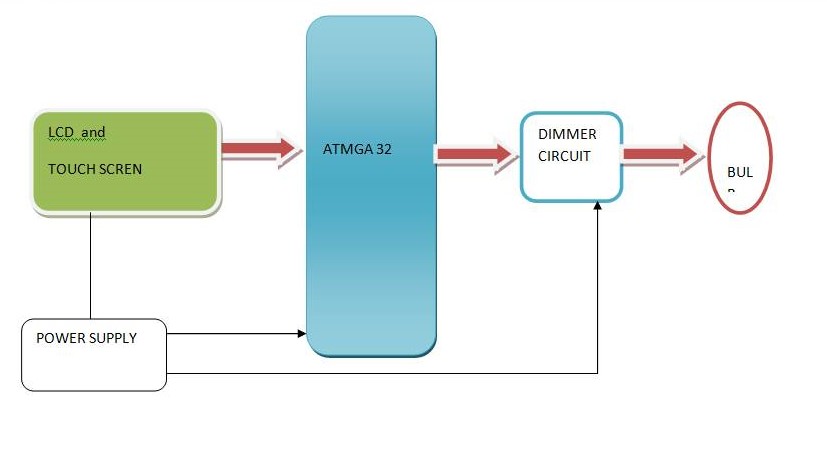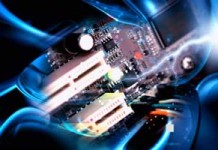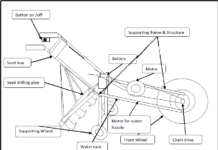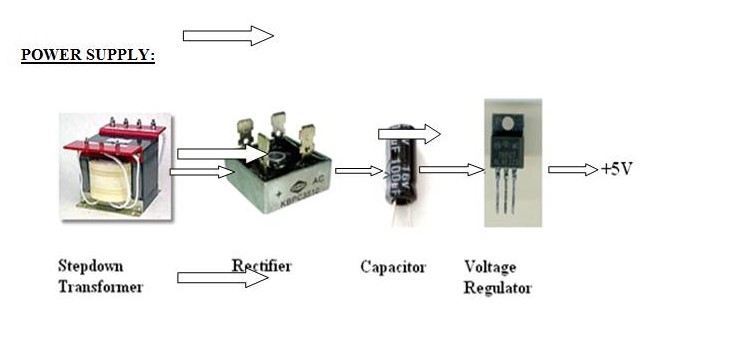Three scientists who made headway in cracking the brain’s code win Nobel Prize for discovering animal’s “inner GPS.”
The Nobel Prize in Physiology or Medicine went to three researchers who made key discoveries about how the brain represents an animal’s position in space, orienting it and letting it navigate.
Half the $1.1 million prize was awarded to John O’Keefe, who discovered cells in the hippocampus of rats that fired off in reaction to specific places the animals were in. The work on such “place cells” was later expanded upon by a married couple from Norway, May-Britt and Edvard Moser, who shared in the prize for their discovery of a separate type of cell, grid cells, which allow animals to navigate.
From the announcement by the Nobel Assembly, based at the Karolinska Institute in Stockholm:
How do we know where we are? How can we find the way from one place to another? And how can we store this information in such a way that we can immediately find the way the next time we trace the same path? This year´s Nobel Laureates have discovered a positioning system, an “inner GPS” in the brain that makes it possible to orient ourselves in space, demonstrating a cellular basis for higher cognitive function.
An important aspect the Nobel-winning work was that it was among the first to directly observe the so-called “codes” by which neurons express information, in this case by altering how quickly it fires. In Cracking the Brain’s Codes, from the July/August issue of Technology Review, researchers Christof Koch and Gary Marcus foreshadowed today’s Nobel awards:
Among the most important codes in any animal’s brain are the ones it uses to pinpoint its location in space. How does our own internal GPS work? How do patterns of neural activity encode where we are? A first important hint came in the early 1970s with the discovery by John O’Keefe at University College in London of what became known as place cells in the hippocampus of rats. Such cells fire every time the animal walks or runs through a particular part of a familiar environment. In the lab, one place cell might fire most often when the animal is near a maze’s branch point; another might respond most actively when the animal is close to the entry point. The husband-and-wife team of Edward and May-Britt Moser discovered a second type of spatial coding based on what are known as grid cells. These neurons fire most actively when an animal is at the vertices of an imagined geometric grid representing its environment. With sets of such cells, the animal is able to triangulate its position, even in the dark. (There appear to be at least four different sets of these grid cells at different resolutions, allowing a fine degree of spatial representation.)
These discoveries have since been extended by other scientists, including Matthew Wilson at MIT, whose lab has measured from dozens of brain cells at one, producing striking videos like the one below, showing place neurons firing as a rat moves through a maze.
Researchers say the findings may point to future technologies. Some engineers, for instance, have used the idea of grid cells as inspiration for new algorithms to control robots or autonomous submarines. Others are experimenting to see if they can rewrite memories. In July, DARPA gave out $40 million in awards to try to develop brain implants that would help brain-injured soldiers recover lost memories or have an easier time forming new ones.
But the brain has 86 billion neurons, and scientists still can’t claim to have broken more than bits and pieces of how it codes information. The frenzy of spikes, or firing, of neurons in a rat’s brain when it reaches a familiar place is just part of the story, according to Koch and Marcus:
If neuroscience has made real progress in figuring out how a given organism encodes what it experiences in a given moment, it has further to go toward understanding how organisms encode their long-term knowledge. We obviously wouldn’t survive for long in this world if we couldn’t learn new skills, like the orchestrated sequence of actions and decisions that go into driving a car. Yet the precise method by which we do this remains mysterious. Spikes are necessary but not sufficient for translating intention into action. Long-term memory—like the knowledge that we develop as we acquire a skill—is encoded differently, not by volleys of constantly circulating spikes but, rather, by literal rewiring of our neural networks.

